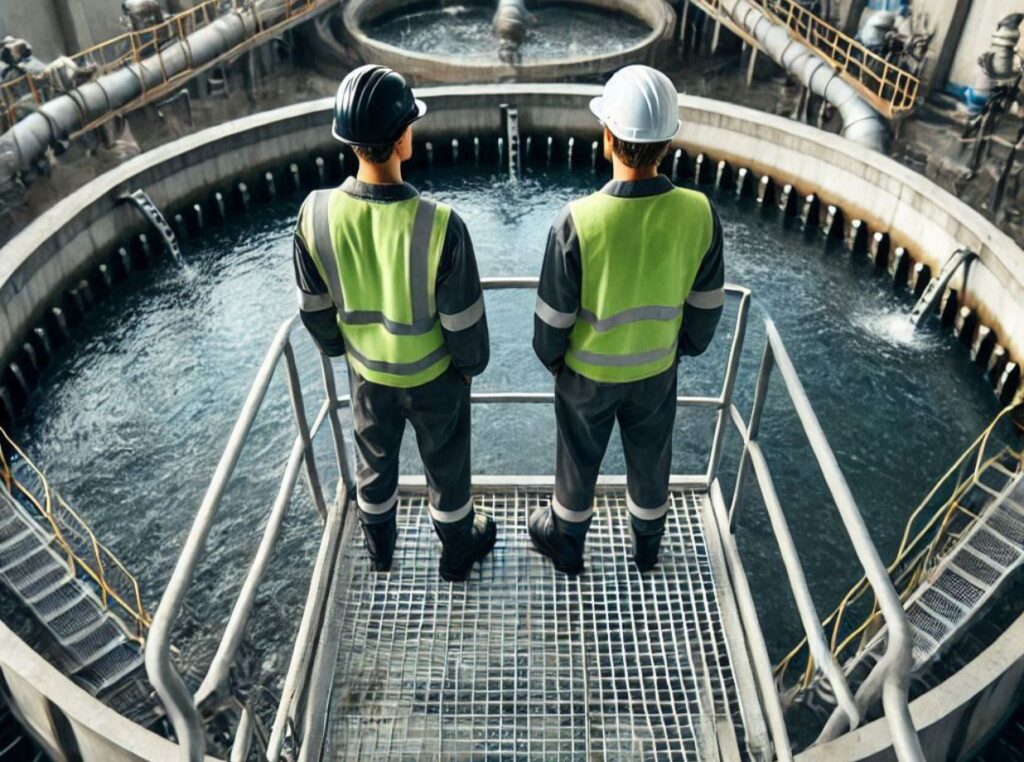Sludge blanket problems occur in wastewater treatment plants when the sludge blanket, which is the layer of settled solids at the bottom of a clarifier, becomes too thick and causes operational issues. This can lead to reduced treatment efficiency, increased energy consumption, and potential environmental violations. The sludge blanket is an essential component of the treatment process, as it helps to separate solids from the liquid effluent. However, when the sludge blanket becomes too thick, it can impede the settling of solids and cause them to be carried over into the effluent, leading to poor water quality.
In addition to affecting treatment efficiency, sludge blanket problems can also lead to increased maintenance and operational costs. When the sludge blanket becomes too thick, it can cause mechanical issues with the clarifier, such as increased wear and tear on equipment and increased energy consumption. It can also lead to increased chemical usage and disposal costs, as operators may need to use more chemicals to try to improve settling or may need to dispose of more sludge. Overall, sludge blanket problems can have a significant impact on the overall operation and performance of a wastewater treatment plant.
Identifying the Causes of Sludge Blanket Build-Up
There are several potential causes of sludge blanket build-up in clarifiers. One common cause is hydraulic overload, which occurs when the flow of influent into the clarifier exceeds its design capacity. This can lead to turbulence in the clarifier, which disrupts the settling of solids and causes the sludge blanket to become too thick. Another common cause is organic overload, which occurs when there is an excessive amount of organic matter in the influent. This can lead to an increase in biological activity in the clarifier, which can cause the sludge blanket to become too thick.
In addition to hydraulic and organic overload, other potential causes of sludge blanket build-up include poor settling characteristics of the influent, high levels of suspended solids in the influent, and inadequate mixing within the clarifier. It is important for operators to identify the specific cause of sludge blanket build-up in order to develop an effective strategy for preventing and addressing the issue. By understanding the underlying causes of sludge blanket problems, operators can take proactive measures to prevent build-up and maintain optimal clarifier performance.
Preventing Sludge Blanket Build-Up
Preventing sludge blanket build-up requires a proactive approach that addresses the underlying causes of the issue. One key strategy for preventing sludge blanket build-up is to optimize the design and operation of the clarifier. This includes ensuring that the clarifier is properly sized and designed to handle the expected influent flow and load, as well as ensuring that it is operated within its design parameters. Proper maintenance of mechanical equipment, such as drive mechanisms and sludge removal systems, is also essential for preventing sludge blanket build-up.
In addition to optimizing clarifier design and operation, operators can also take steps to minimize hydraulic and organic overload. This may include implementing flow equalization measures to reduce hydraulic fluctuations, as well as implementing pretreatment processes to remove excessive organic matter from the influent. By addressing these potential causes of sludge blanket build-up, operators can help to prevent operational issues and maintain optimal clarifier performance.
Monitoring and Maintaining Clarifiers

Monitoring and maintaining clarifiers is essential for preventing sludge blanket build-up and ensuring optimal performance. Regular monitoring of key operational parameters, such as influent flow rate, sludge blanket depth, and effluent quality, can help operators to identify potential issues before they become significant problems. In addition to monitoring operational parameters, regular inspection and maintenance of mechanical equipment is essential for preventing mechanical issues that can contribute to sludge blanket build-up.
Operators should also regularly inspect and maintain sludge removal systems to ensure that they are functioning properly and removing settled solids from the clarifier. This may include inspecting and cleaning weirs, baffles, and other components of the clarifier to ensure that they are not obstructed or damaged. By implementing a proactive approach to monitoring and maintaining clarifiers, operators can help to prevent sludge blanket build-up and maintain optimal treatment efficiency.
Addressing Sludge Blanket Build-Up
In some cases, despite proactive measures to prevent sludge blanket build-up, operational issues may still occur. When this happens, it is important for operators to take immediate action to address the issue and restore optimal clarifier performance. One common strategy for addressing sludge blanket build-up is to adjust operational parameters, such as influent flow rate or chemical dosing, to improve settling characteristics and reduce sludge blanket depth.
In addition to adjusting operational parameters, operators may also need to implement temporary measures to remove excess sludge from the clarifier. This may include increasing sludge removal rates or implementing emergency sludge removal procedures to reduce sludge blanket depth and restore optimal clarifier performance. By taking immediate action to address sludge blanket build-up, operators can minimize the impact on treatment efficiency and prevent potential environmental violations.
Utilizing Chemical Treatments
Chemical treatments can be an effective strategy for preventing and addressing sludge blanket build-up in clarifiers. Coagulants and flocculants are commonly used chemical treatments that can help to improve settling characteristics and reduce sludge blanket depth. Coagulants work by destabilizing suspended particles in the influent, while flocculants help to agglomerate destabilized particles into larger flocs that settle more easily.
In addition to coagulants and flocculants, other chemical treatments such as polymers and pH adjusters can also be used to improve settling characteristics and reduce sludge blanket depth. Polymers can help to improve floc formation and enhance settling, while pH adjusters can help to optimize chemical reactions and improve treatment efficiency. By utilizing chemical treatments, operators can help to prevent sludge blanket build-up and maintain optimal clarifier performance.
Seeking Professional Assistance
In some cases, addressing sludge blanket build-up may require professional assistance from wastewater treatment experts. Professional assistance may be necessary if operators are unable to identify or address the underlying causes of sludge blanket build-up, or if they require specialized expertise or equipment to address the issue. Wastewater treatment experts can provide valuable insights and recommendations for preventing and addressing sludge blanket build-up, as well as assist with implementing effective strategies for maintaining optimal clarifier performance.
In addition to seeking professional assistance for addressing specific issues with sludge blanket build-up, operators may also benefit from ongoing support and guidance from wastewater treatment experts. This may include regular consultation and collaboration with experts to optimize clarifier design and operation, as well as ongoing training and education for operators on best practices for preventing sludge blanket build-up. By seeking professional assistance, operators can access valuable expertise and resources that can help them to effectively prevent and address sludge blanket problems in their wastewater treatment plants.
In conclusion, sludge blanket problems can have a significant impact on the overall operation and performance of a wastewater treatment plant. By understanding the underlying causes of sludge blanket build-up and implementing proactive measures for prevention and addressing the issue, operators can help to maintain optimal clarifier performance and prevent operational issues. This may include optimizing clarifier design and operation, monitoring and maintaining clarifiers, utilizing chemical treatments, and seeking professional assistance when necessary. By taking a proactive approach to preventing and addressing sludge blanket problems, operators can ensure that their wastewater treatment plants operate efficiently and effectively.
